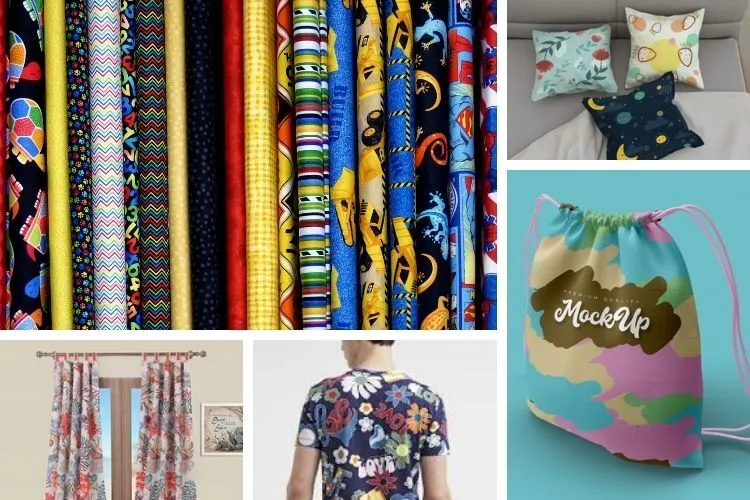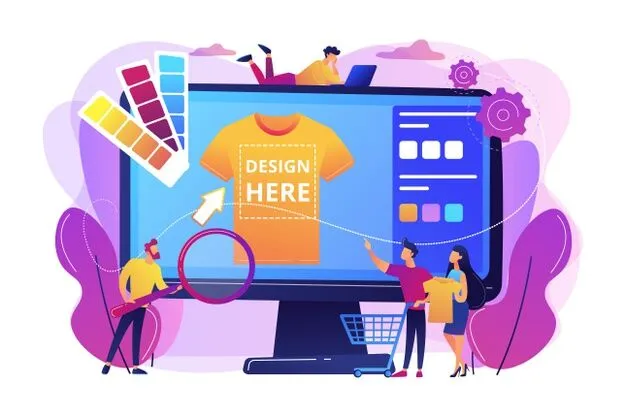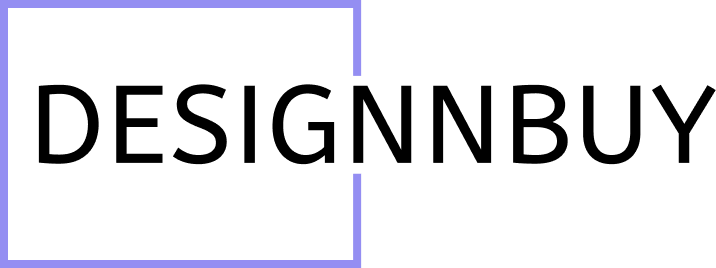It is believed that we humans are the most adaptable species in the world and this pandemic has proved that theory as a fact! Evolution is the part of our genome and whether the crisis is natural or economic, we have learned to survive it all! This new normal that we live in has taught us the true potential of technology and it has helped businesses around the world survive and sustain during such times where situation results in constantly evolving consumer behavior.
Right from vacations to staycations, from corporate culture to work from home, from schooling to online education, the world has changed and so has the Fashion Industry! From masks as a precautionary measure to style statement, shift from formal to leisurewear, demand shift from party wear to yoga and fitness wear, the Fashion Industry has witnessed many consumer behavior changes in these past months. Even before the Pandemic, the Fashion Industry was revolutionized by the Social Media and other digital platform trends as customer expectations kept changing and growing with the apparel brands.
Growing at a CAGR of 19.1%from 2020 to 2027, the global digital textile printing market is projected to reach $8.8 billion by 2027
To help you make an informed decision, below are the future challenges that consumer behavior will pose to the fashion industry along with ways a best textile design software will help you tackle them:
4 Future Challenges of the Fashion Industry that can be turned into Opportunities with Fabric Pattern Design Software:
1. Personalized products:

Whether we talk about pillows, curtains, t-shirts, bed sheets or any other fabric product, the trend of personalized challenges has reached all the product categories and it is here to stay! Customers are expecting brands to supply personalized and customized products to them and Textile Design Tool is helping the brands in catering just the same!
With design software on your end, you can empower your customers to design their own products and you can execute the order with a ready to print file. An ideal software will not only provide a user-friendly product designing experience but would allow apparel brands to integrate all their products such as clothes, pillows, masks, bed sheets and other such products into the software and provide optimum customization and personalization options to their customers. Right from images to photos to clipart to text to colors, customers have a wide range of customization options and customization areas that they can design.
Don’t miss: Customization and Digital Textile printing- the Dynamic Duo that delivers delightful Customer Experiences
2. Deadstock Problems:
With the constantly changing customer expectations and market trends, the problem of dead stock or excessive inventory has been adamant across the fashion brands. This problem not only blocks a significant amount of capital in creating an inventory of products, but deadstock of failed trends or products can also result in huge losses to the fashion brand. But with the help of it, you can keep the least possible inventory and avoid the problem of deadstock!
The reason for that is designs that are to be printed on fabrics are designed virtually using Textile Design Software. Thus, if you have an online business model, you can just create virtual designs and upload them on online platforms without the need for actual product inventory. While initially, you can rely on bulk orders or a print-on-demand business model, later when the trend picks up and starts getting the customer attention, you can introduce the inventory on your offline stores.
3. Print on Demand challenges:

One of the biggest challenges that fashion brands are facing is customers require customized products to be printed on demand. If you are looking to cater to personalized products, you need printing technology that compliments your designs created with Fabric Design Tool as well as your print-on-demand business model. But to avoid heavy installation and preliminary infrastructure costs, you can use your digital platform for extensive reach and a multivendor business model.
For instance, digital textile printing technology is the best suitable technology for the print-on-demand business model as printers can also execute small orders of 2-5 t-shirts and fabrics as well! Thus, what apparel brands can do is partner with printers across different areas and enroll them on your e-commerce platform. Then when a customer places a personalized product order on your platform, you can export the ready to print file to your print partner who will execute the product and send it to your customers.
Also Read: How to Become a Multivendor Marketplace of On-Demand Printing Industry?
4. Social Media Trends:
Whether we talk about official merchandise of a trending series or movie or we talk about social media trends that have emerged due to the result of topical marketing or moment marketing, social media is pretty much shaping the customer expectations and apparel demand with these trends. For those brands that wish to attract the Gen Z customers on their platform, they must provide merchandise and products that align with these trends.
To create a competitive edge and to make the best out of these trends, Digital Textile Design Solution is the best possible way! All you have to do is create multiple virtual designs easily and quickly using the software and upload the designs with a print-on-demand supply model on your social media and online selling platforms. This will not only provide you with a competitive edge, but your brand will remain on top of the minds of the customers who are looking for such products.
Don’t miss: 5 Step Guide for Printers to start with Social Media
Overcome the Fashion Industry Challenges with Best Textile Pattern Design Software:
The fashion industry has suffered a lot due to this pandemic and brands are struggling to survive and thrive during these trying times. But with the design software at their corner, apparel brands can help you tap new business opportunities and attract new customers towards your platforms and increase lead conversion ratio.
Contact us for more information at [email protected]




